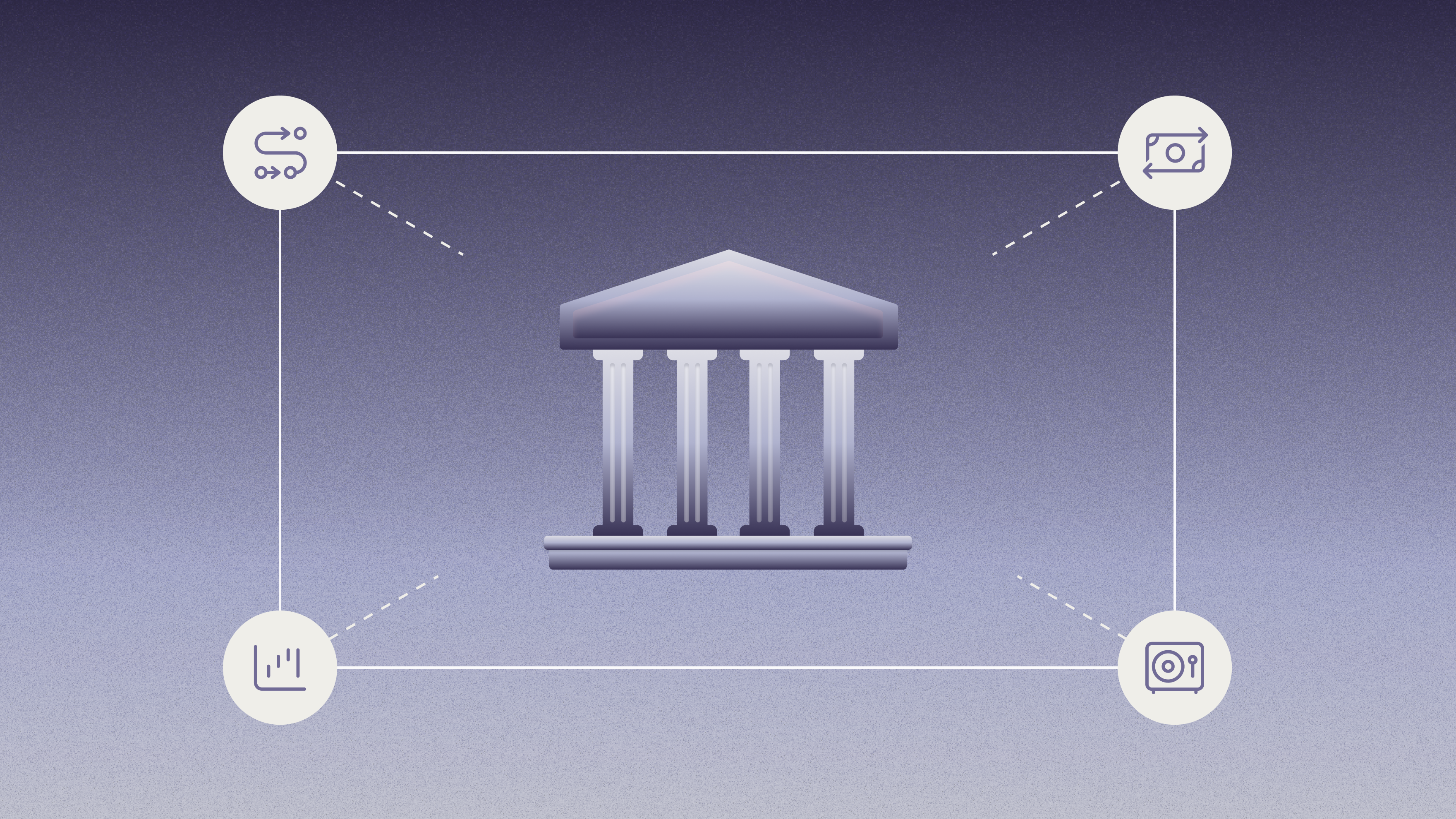How to start a consulting or agency business: Financial fundamentals

In part two of our four-part series, we’re breaking down the to-do’s for setting up your business foundations and financial workflows. When you’re done reading, continue on to growing your customer base and common mistakes to avoid when starting your agency or consulting business.
If you’re just joining us, check out part one on building your foundation.
Consultants and agencies often benefit from lower startup costs than other types of businesses. But, even a lean business model comes with some initial expenses, especially once you’re ready to formalize processes, build a brand, and grow.
Estimating your startup costs
If you’re bootstrapping, you can often find your first few customers without spending much upfront. The key in the early days is to stay lean while testing demand.
That said, as you scale, here are some common early expenses you may run into:
- Business registration and licenses
- E&O and general liability insurance (if applicable)
- Website development
- Marketing materials
- Software subscriptions
- Professional services (such as a lawyer or CPA)
- Computer/equipment
The good news: Many of these tasks are easier — and cheaper — than they used to be. Instead of hiring contractors, you can now use tools like Replit, Canva, Lovable, and ChatGPT to build websites, generate content, and create marketing materials on your own.
Pro tip: Even if you haven’t made your first sale, it’s still worth opening a business bank account early. You can fund it with a personal transfer — this counts as an “owner contribution” (not taxable revenue) — and start tracking expenses right away. Many of these startup costs can be deducted later, even if they happen before revenue starts coming in.
Pricing models for consultants
Deciding how to charge for your work is one of the most important choices you’ll make early on. Most consulting and agency businesses sell services — not products — so pricing can take a few different forms depending on your offering, experience, and client type.
Here are the most common pricing models in professional services:
- Hourly billing: Simple and easy to implement, hourly billing connects time directly to cost. While it’s straightforward for clients, it limits your ability to scale — there’s no leverage on your time. Rates often range from $50-500+ per hour, depending on your expertise and available budget.
- Project-based pricing: You charge a fixed fee for a defined scope of work. This rewards efficiency and allows for time leverage, but only if the project stays on track. Vague deliverables or shifting requirements can lead to unpaid extra hours. Project-based pricing requires accurate scope definition and can be better for both parties when done right. Projects might start around $1,000 or run into the six figures for large engagements.
- Retainer agreements: Retainers create recurring revenue and long-term relationships. You agree to deliver specific work on a regular basis — either in time (e.g., “x” hours per month) or by deliverable (e.g., monthly content or reporting). This model offers stability and predictable income.
- Value-based pricing: This model ties your fee to the value or ROI you create. It can unlock higher earning potential, but it also requires confidence, experience, and careful expectation-setting. You may be doing impactful work that doesn’t always translate cleanly into fees.
You don’t have to choose one model forever. Many consultants test a few approaches to see what fits both their services and their clients. Pricing isn’t one-size-fits-all, and you might find some clients respond better to certain pricing models than others.
Creating financial workflows
For a bootstrapped company, smart financial workflows can mean the difference between spending hours manually tracking transactions and automating mundane tasks. Getting paid on time, managing your payment cycles, and consistently tracking income and expenses will keep your cash flow strong.
Here’s what to focus on.
Invoice management
In most professional services businesses, clients are billed after the work is delivered — unless you’ve set a different structure in your services agreement. For larger projects or ongoing retainers, you may request payment upfront or in installments.
For project-based work, follow these best practices:
- Send invoices as soon as a project or milestone is complete.
- Use professional invoicing software to track, send, and automate follow-ups.
- Set clear terms. (“Net 15” or “net 30” are common.)
- Promptly follow up on overdue payments.
- Consider charging late fees.
Cash flow optimization
You’ll also need to time your invoices so that your expenses and income align. These strategies can help smooth out your cash flow:
- Request 25-50% upfront for large projects, especially if you have high input costs.
- Offer retainers to turn one-off clients into recurring revenue.
- Mix up payment structures so you’re not relying on net-30 across the board.
- Use Mercury's Bill Pay to manage outgoing vendor payments.
Financial tracking
Keeping a close eye on your cash flow is critical. It ensures you can cover expenses, weather slow months, and plan for growth. To do this, you’ll need a clear and ongoing understanding of your finances.
Start by reviewing your income statement each month (most accounting software can generate one automatically). Track key metrics, like time spent per project, hourly earnings, and revenue per client. These give you a real view of how your time translates into income.
One of the most important skills in a service business is learning how to do more with less. By analyzing where your time goes and how much each engagement earns, you can adjust your pricing, restructure service packages, or shift toward higher-leverage work.
In the next part of this series, we focus on an essential piece of starting a consulting or agency business: finding your first customers.



